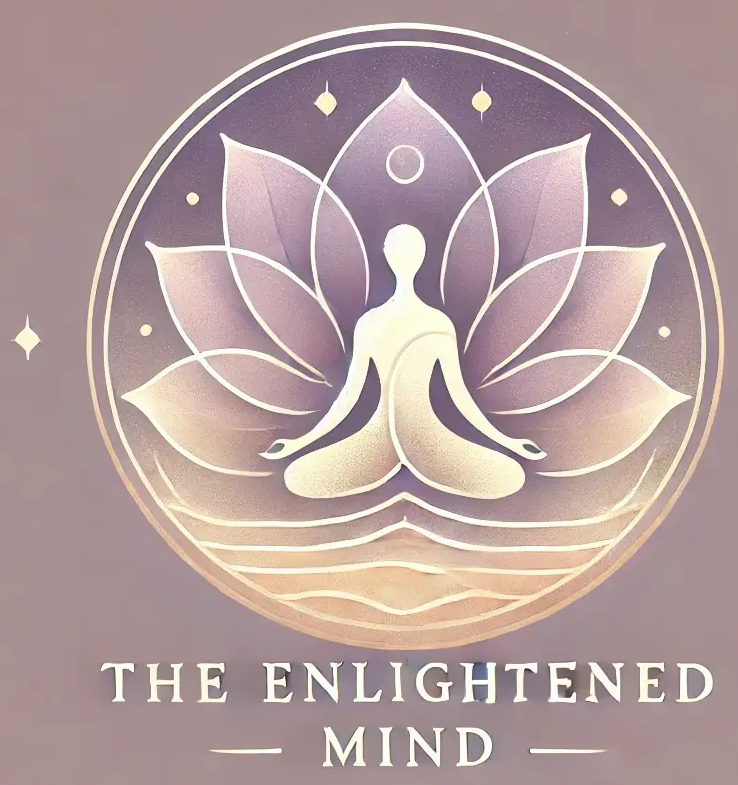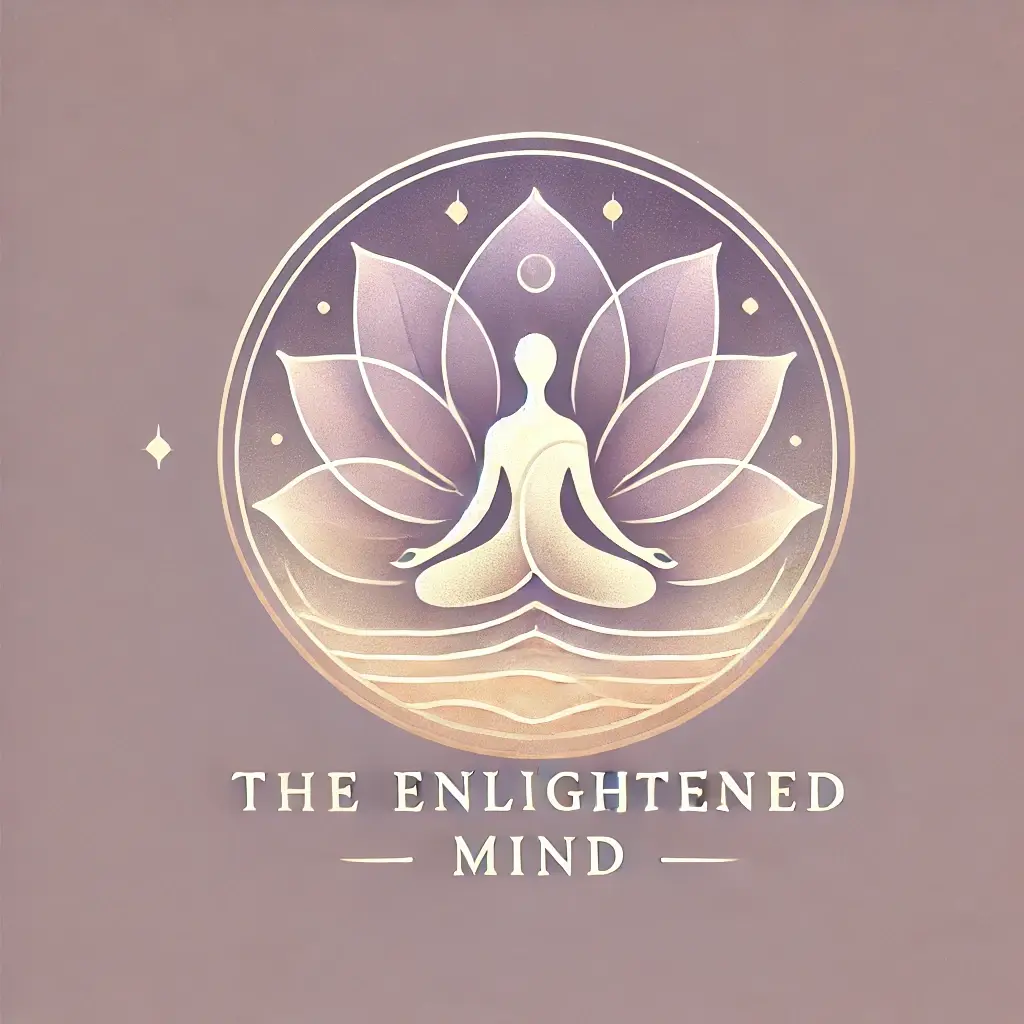If you’ve been perusing TikTok recently, you may have encountered videos of individuals simply lounging on the ground, doing… nothing. This phenomenon is known as “floor time,” and it’s lauded as a simple way to unwind, recharge, and cope with stress.
While it may appear overly simplistic to be effective, spending time on the floor—whether stretched out in quietude or nestled with a warm blanket—can genuinely yield significant psychological and physical advantages.
So, what exactly is floor time, and how can it enhance your mental health? Let’s delve into this trend, discover its perks, and learn how you can integrate it into your self-care regimen.
Time to Embrace Grounded Relaxation
Ground time involves simply taking a moment to lay on the floor in a comfortable and relaxed manner. Many social media users refer to this practice as a way to unwind, destress, and slow down in a world that can be overwhelming.
This trend has become popular as a way to counterbalance our fast-paced and digitally connected lives. Unlike other well-being trends that require active participation, such as journaling, yoga, or cold therapy, ground time only asks you to be present and still.
For many individuals, this practice evokes memories of childhood when laying on the floor to daydream or gaze at the ceiling was a natural way to unwind.
As a practitioner of yoga, I can’t help but draw parallels between ground time and savasana, the final relaxation pose in yoga that encourages complete surrender of the body and mind.
Savasana and Its Benefits
Savasana, as described by Yara Kamal, a yoga teacher and the founder of Scoria, is crucial in allowing the body and mind to fully absorb the benefits of a yoga practice. Kamal emphasizes that Savasana is essential for helping the muscles relax, recover, and for creating a moment of deep rest. This posture allows the body to prepare for meditation and promotes mindfulness both on and off the yoga mat.
Research on Savasana
Research indicates that Savasana may offer unique benefits on its own. A small study conducted on 30 depressed patients in India showed significant reductions in depression scores on average after practicing Savasana.
Mindful Practice with Savasana
Even if one is not actively meditating during Savasana, it can still be considered a mindful practice. This intentional period of doing nothing provides a rare opportunity in our hectic lives, contributing to the overall sense of well-being and relaxation.
Psychological and Physical Benefits of “Floor Time”
While it may appear straightforward, engaging in “floor time” can offer significant mental and physical advantages.
1. Stress Relief and Nervous System Regulation
One of the key advantages of spending time on the floor, as noted by Kamal, is its ability to activate the parasympathetic nervous system. This activation helps transition the body from the fight-or-flight response to a state of calm and relaxation.
Engaging in mindfulness practices, even outside of clinical environments, can have a positive impact on mental well-being. Studies suggest that mindfulness-based activities can alleviate symptoms of depression, anxiety, and stress.
Simply lying down and practicing deep breathing can send a signal to your brain that you are safe, leading to reduced cortisol levels, slower heart rate, and decreased tension.
2. Grounding and Mindfulness
According to Kamal, spending time on the floor can be grounding, which contributes to its calming effect. Grounding techniques are commonly used by individuals dealing with anxiety or stress.
Kamal explains, “When we lie down on the floor, we naturally become more aware of the points where our body connects with the surface. This heightened awareness strengthens our connection to our breath, body, and the present moment.”
Many users on TikTok report that spending time on the floor helps them feel more “connected” to their environment, almost like hitting a physical “reset button” for their emotions.
3. Posture and Spinal Health
Spending time on the floor can promote better posture and spinal alignment, which is crucial in today’s sedentary lifestyle where we often slouch over screens or sit for extended periods.
According to Kamal, even when we sleep on a mattress, our spine may not fully decompress, leading to misalignments. However, lying on the floor allows gravity to evenly pull everything down, helping the body realign and correct imbalances from daily postures and movements.
This spinal decompression not only feels good on the back but can also alleviate lower back tension and enhance posture, particularly with consistent practice.
4. Alleviating Discomfort
At times, your body may require a break.
Utilizing floor time, which often enables deep stretching and relaxation, can benefit tired, tense, and overworked muscles.
Engaging in a few simple yoga poses while on the floor can be a way to show your body some care.
According to Allison Benzaken, a 500-hour certified yoga instructor at Ninja Yoga, the following poses are recommended for floor time:
Benzaken suggests, “Any stretch that provides comfort to your body while maintaining contact with the ground will enhance your floor time.” It’s crucial to pay attention to your body – if a pose is uncomfortable, gracefully exit that position.
5. Promotes Relaxation Without Guilt
Resting without feeling guilty can be a common struggle for many people. The pressure to constantly be productive or the inner dialogue that arises during downtime can make relaxation seem difficult.
Floor time TikToks work to normalize the concept of stillness, showing viewers that taking a break doesn’t have to be structured or focused on being productive—it can just be about being present in the moment.
When to Utilize Floor Time
The opportune moment to engage in floor time is quite flexible. It is entirely up to you and can be incorporated whenever it suits you best.
Through anecdotal observations, particularly from sources like TikTok, it appears that floor time is commonly employed in the following circumstances:
Yara Kamal, Yoga Teacher
According to Kamal, lying down on the floor allows us to consciously feel the various points of contact between our body and the surface, which enhances our awareness of the breath, body, and current moment.
A personal favorite practice of mine is incorporating floor time into the midst of my workday to address creative blocks or mental fog. Taking a break from the computer and sitting on the floor can often shift my perspective and clear my mind.
How to Practice Floor Time
Ready to experiment with incorporating floor time into your self-care routine? Here’s a straightforward guide:
For added relaxation, consider utilizing a weighted blanket, listening to soothing music, or combining it with a mindfulness exercise.
If you want to enhance your floor time experience, try combining it with a breathing exercise. Benzaken
recommends diaphragmatic breathing or the 4-7-8 breathing technique to deepen relaxation.
Precautions and Adjustments
While floor time can be beneficial for anyone, lying flat on the ground may not be ideal for everyone due to comfort issues. This is where adjustments and modifications play a crucial role.
According to Benzaken, true relaxation cannot be achieved if any part of the body is uncomfortable. She encourages her students to make necessary modifications to suit their bodies. “I recommend using props like blocks, bolsters, and blankets in class, especially during savasana,” she emphasizes.
Below are some suggested modifications to enhance comfort during floor time:
If lying on your back is uncomfortable, consider lying on your side instead.
Kamal advises starting slowly and not hesitating to use props for support. It is important to be mindful of any discomfort, and if something causes pain, listen to your body and make necessary adjustments.
Final Thoughts: Should You Give Floor Time a Try?
Floor time, a trending wellness practice on TikTok, offers various benefits such as relaxation, mindfulness, and improved spinal health, making it a valuable addition to your daily routine.
Whether you decide to dedicate five minutes post-work or incorporate it into your bedtime regimen, engaging in floor time can provide a simple yet effective way to rejuvenate your mind and body.
Next time you’re feeling stressed or overwhelmed, consider trying out floor time by laying on the ground to experience its soothing effects. It’s often the simple habits that have the most profound impact on our well-being.
The Enlightened Mind: The Impact of Mindfulness on Mental Health
In a systematic review and meta-analysis of randomized controlled trials published in PLOS Medicine in 2021, Galante J, Friedrich C, Dawson AF, et al. explored the effectiveness of mindfulness-based programs for promoting mental health in adults outside of clinical settings. The study delved into the significant benefits of mindfulness practices on mental well-being.
Understanding the Neuroanatomy of the Parasympathetic Nervous System
Authors Tindle J and Tadi P shed light on the intricacies of the parasympathetic nervous system in a publication by StatPearls. By delving into the neuroanatomy of this system, they provided insights into how it functions and its implications for overall well-being.


